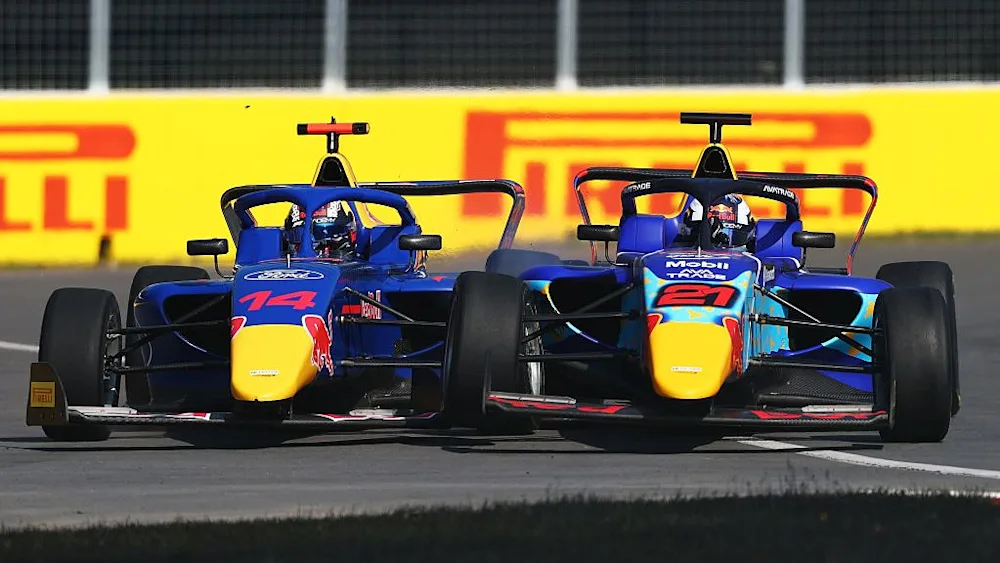2021 and low rake cars
- Ive Bauk
- May 19, 2021
- 2 min read
Updated: Jan 14
Written by Ive Bauk, Edited by Hazel Alagappan
“We as a team have to work hard to try to claw back everything we can but at the same time we should be having the discussions with the FIA to see if anything can be done to make it a bit more equitable”-Otmar Szafnauer, Team Principal of Aston Martin F1 Team. Recently Szafnauer and others have been increasingly vocal about the 2021 FIA regulations on low rake cars, and potential hindrance. In this article we take a closer look at why the 2021 regulations hurt low rake cars more than their high rake counterparts.
The first important issue is understanding the ‘rake’ concept, and it’s relation to the greater engineering philosophy of Formula One cars.
So “rake refers to the altitude created by raising rear ride height in relation to front ride height, effectively setting the car up with an upward slope front-to-rear”. Nearly every car currently on the grid has some kind of rake but the difference is in how big the rake angle is. For example, Red Bull circa 2009 had a very high rake, whilst Mercedes keeps the classical, low rake philosophy. So what are these philosophies actually about, what are their pros and cons.
High rake cars create more downforce from the floor itself as there is more room underneath the floor and as the air pressure is lower. However these cars also have a higher center of gravity and produce more drag. That’s why these cars sometimes perform better at high downforce circuits like Monaco where it’s important to manage to turn the car around the corner.
Low rake cars create less downforce from the floor itself but they mostly have very complicated upper parts of the floor with many protruding parts. So low rake cars mostly manipulate with air above the floor in order to “seal” the floor effectively and have the least possible amount of dirty air and loss of downforce.
The, 2021 regulations cut the floor and decreased the amount of aerodynamic devices on the upper part of the wing, which has impacted low rake designs disproportionately. They now have to find loopholes in the regulations in order to regain as much of the rear downforce as possible. As seen below in Mercedes’ novel floor structure, probably their way of working with the air and sealing the floor off.
It’s very obvious that these regulations favour high rake cars more because more work is being done underneath the cars floor. I still don’t think that FIA deliberately made these regulations punish low rake cars more because they did make some regulation changes on the bottom part of the diffuser and those changes should give more concerns to high rake cars but those changes simply weren’t as noticeable.












Comments